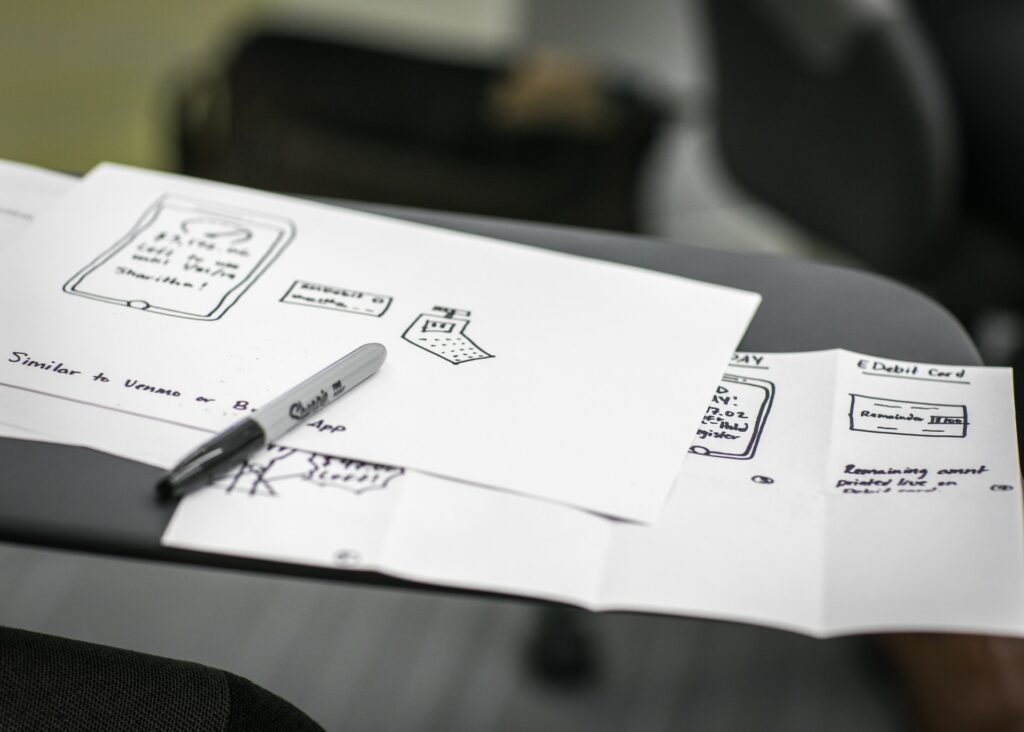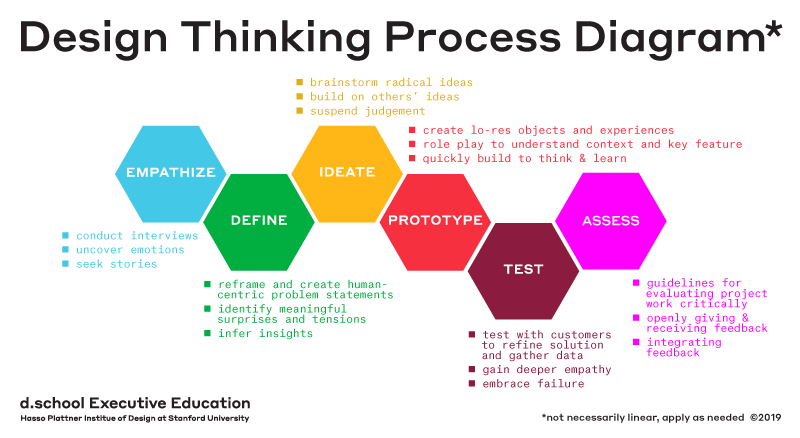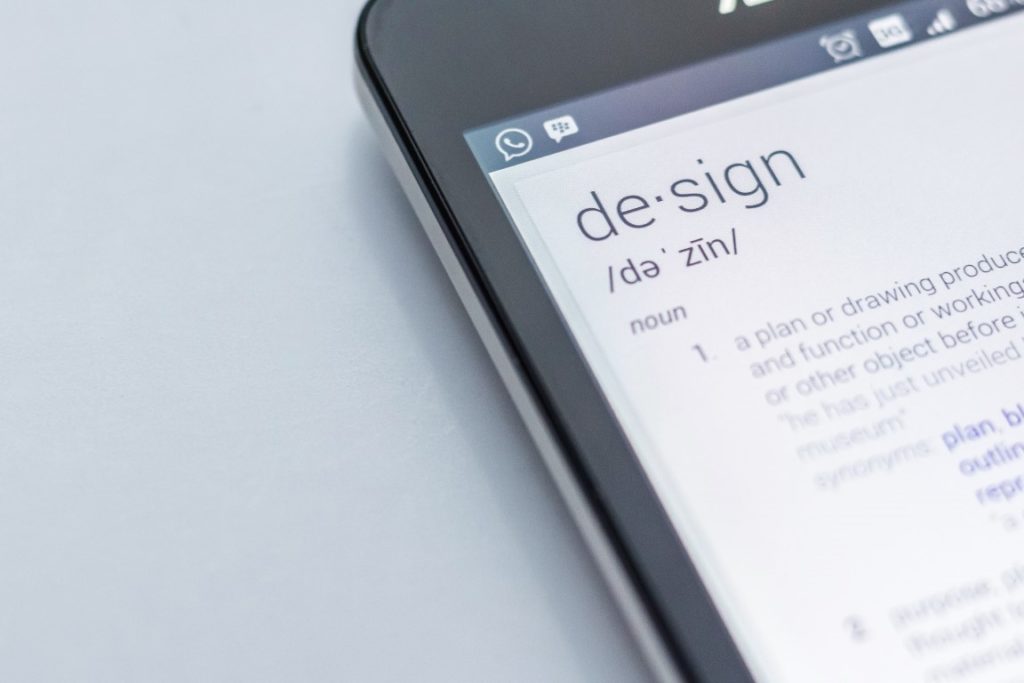Ideation is the mode of the design process in which you concentrate on idea generation. We ideate in order to transition from identifying problems to creating solutions for our users.
Particularly early in a design project, ideation is about pushing for a widest possible range of ideas from which you can select, not simply finding a single, best solution.
So how to run an effective ideation session?
Preparation
Define an objective
The main objective of ideation if to generate new ideas. Before you can start looking for a good idea, it is important to have a defined problem statement or Point of View(POV).
Once we have a workable Point of View statement we can say, from this statement we need to develop How Might We statement for ideation that will help fuel the brainstorms.
Invite the right people
When deciding who to invite, there are few principles to keep in mind:
- Avoid the people you know will create problems.
- Bring in the best people who are available.
- Find people who can wear multiple hats.
- Consider some unlikely choices.
Designate a facilitator
Someone has to bring attention to everything else in agenda and drive discussions towards an action item.
facilitator role is to communicate and guide the right mindset, so the participants feel comfortable to let go and open up to ideation.
Therefore, the facilitator comes in prepared, setting up the energy of the group, and may lay down some ground rules. Facilitator role is then to guide the participants through the journey of ideation construction. He may also have to make decisions on the flow and timing based on the scope and how certain teams are processing the instructions and the activities.
Decide ideation method
Check methods to be used on ideation session. Work together with facilitator on how to use, printing of materials and preparation. Short list of techniques:
- Bodystorming
- Brainstorming
- Brainwriting
- Gamestorming
- Mindmapping
- Reverse Thinking
Execution
Setup the rules
- No Judgment
Let ideas flow so people can build from each other’s great ideas. - Encourage Wild Ideas
Embrace the most out-of-the-box notions. There’s often not a whole lot of difference between outrageous and brilliant. - Build on the Ideas of Others
Try to use “and” instead of “but,” it encourages positivity and inclusivity and leads to tons of ideas. - Stay Focused on the Topic
Try to keep the discussion on target. - One Conversation at a Time
- Be Visual
Use colored markers and Post-its. Stick your ideas on the wall so others can visualize them. - Go for Quantity
Crank your ideas out quickly. For any 60-minute session, you should try to generate 100 ideas.
Ideate
Depending on selected technique, start your ideation session. You may use sticky notes for ideas. After this session you have to have “cloud” of sticky notes.
Cluster the ideas you got.
Everyone takes part, so everyone gets to know the range of ideas. Clustering will quickly transform a random cloud of sticky notes into a series of clusters. Use logical groups, headers where similar ideas may be groped.
VOTE
Dot voting is a familiar method where participants are given sticky dots or thick pens to mark their choices.
Material is displayed around the room (perhaps pinned to walls or displayed on tables), and participants move around the space, marking the items that deserve more attention.
Usually, each person is allowed to make a fixed number of votes; some – times they are allowed to “spend” multiple votes on the same item.
At the end, you can easily see which items have the most votes.
Conclusion
Good preparation, by reading and printing materials on selected ideation method will satisfy you and team on the session. Keep rules, relax and no judgment. This is the time when you are releasing internal creativity.


